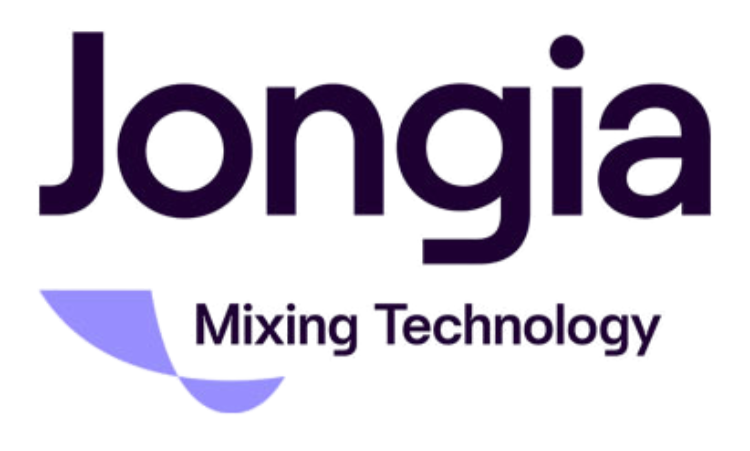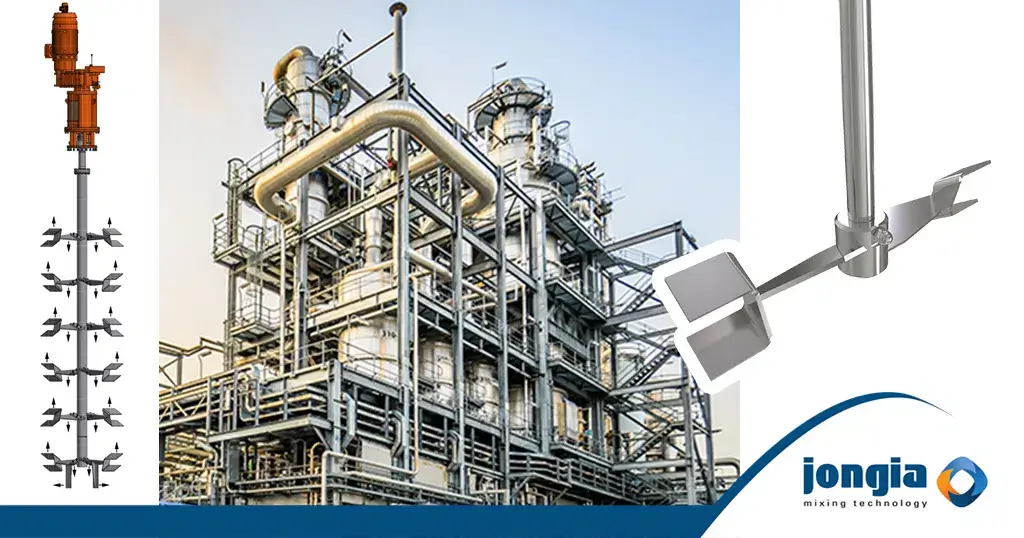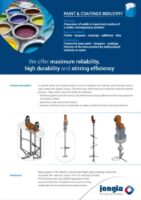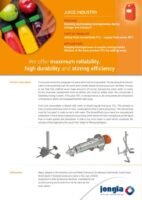Mainly in the chemical industry, the Counterflow mixing element is applied in mixing processes of products such as paint, polymers, biodegradable plastics where starch is the basic component and medium viscous liquids. However, what kind of questions do the customers have? And what does Jongia Mixing Technology consequently advise? This process, from request to solution, is highlighted in this article.
Viscosity leads to advising the Counterflow
Requests for mixing processes in which the Counterflow agitator can be applied, mainly reach Jongia Mixing Technology via e-mail. These are for instance people that visited the website where they read about the possibilities and specific applications. The Counterflow mixing element is less known amongst the general public. However, because Jongia Mixing Technology thinks along with the specific objective and process of the customer, the Counterflow can very well be advised as an agitator. If the viscosity of a product is between 3,000, 15,000 or 20,000 Centipoise one of Jongia Mixing Technology’s Sales Managers will consider the Counterflow as an option. The same applies to medium viscous products that need to be mixed or when a process reaction with high pressure and heat transfer is required.
Research determines which agitator is appropriate
When the Counterflow is considered after a customer’s request, a number of steps are taken. For instance, do viscosity measurements need to be carried out or a test set-up needs to be made for the mixing of certain products? By means of these tests and examinations Jongia Mixing Technology works together with the customer towards a solution. In recent years Jongia Mixing Technology has carried out a number of projects for a customer active in the production of PTA, a raw material used to make polyethylene, to make, among other things, PET bottles. The customer was familiar with the advantages of using Counterflow and wanted to give Jongia Mixing Technology the opportunity to prove that with its knowledge and expertise Jongia Mixing Technology could deliver a perfect Counterflow agitator for their process.
USP’s of the Counterflow are decisive in advise
Jongia Mixing Technology anticipates the customer’s process requirements. This always includes the characteristics of the liquid, the mixing process and the tank geometry. As soon as the process requires a medium viscous liquid, in combination with a high temperature to initiate a process reaction, a Counterflow element is particularly suitable. Because of the bi-directional movement of the liquids that need to be mixed, the Counterflow mixing element has the advantage that several stirring elements can be placed on the stirrer shaft at a 90 degree angle. This creates the required axial flow to turn the tankvolume top-over-bottom. The Counterflow element, with its double opposed radial blades at the end of the tip, ensures that an immense turbulence is created in an otherwise laminar environment. This turbulence takes place across the entire width of the tank! The Counterflow blades cover about 70 to 90 percent of the tank width. Because of the many elements placed on the vertical stirrer shaft, the whole tank content is involved in the mixing process.
Want to know more?
Every process from request to solution is specified per customer. Jongia Mixing Technology has the knowledge and experience to give you full advice in this field. Any questions? Please do not hesitate to contact us.
Contact our specialized team for all your questions

Tom Pruymboom
Sales Director
Area Worldwide

Bart Brouwer
Area Sales Manager
Area Worldwide
Technical Questions?

Jan Siert Tjeerdsma
Project Manager
Technical Specialist
In this tutorial we show you how the Counterflow moves the liquids to be mixed in two directions to create as much turbulence as possible across the entire width and length of the tank.
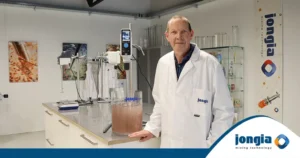
Tutorial: How does the Counterflow work?
The Counterflow is a very suitable mixing element for mixing processes of medium viscous liquid products such as paints, polymers and biodegradable plastics where starch is the basic component. In this tutorial we show you how the Counterflow moves the
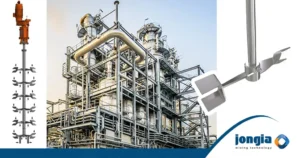
The Counterflow: from request to solution
Mainly in the chemical industry, the Counterflow mixing element is applied in mixing processes of products such as paint, polymers, biodegradable plastics where starch is the basic component and medium viscous liquids. However, what kind of questions do the customers
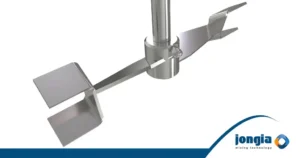
The Counterflow: the top entry mixer for the chemical industry
The Counterflow mixing element doesn’t only move the liquid in the middle or on the outside of the tank, but both sides, in opposite directions. Jongia Mixing Technology has the Counterflow in its range, mainly for the chemical industry. The
